Working in Antarctica isn’t always easy, but Garry Rex will tell you it’s a once-in-a-lifetime experience that is worth the adventure.
Read on to find out what it’s like to live and work in Antarctica (or as it’s often referred to as “the ice”) and the highs and lows that come with life at the end of the world.
[joli-toc]
Antarctic Program Background
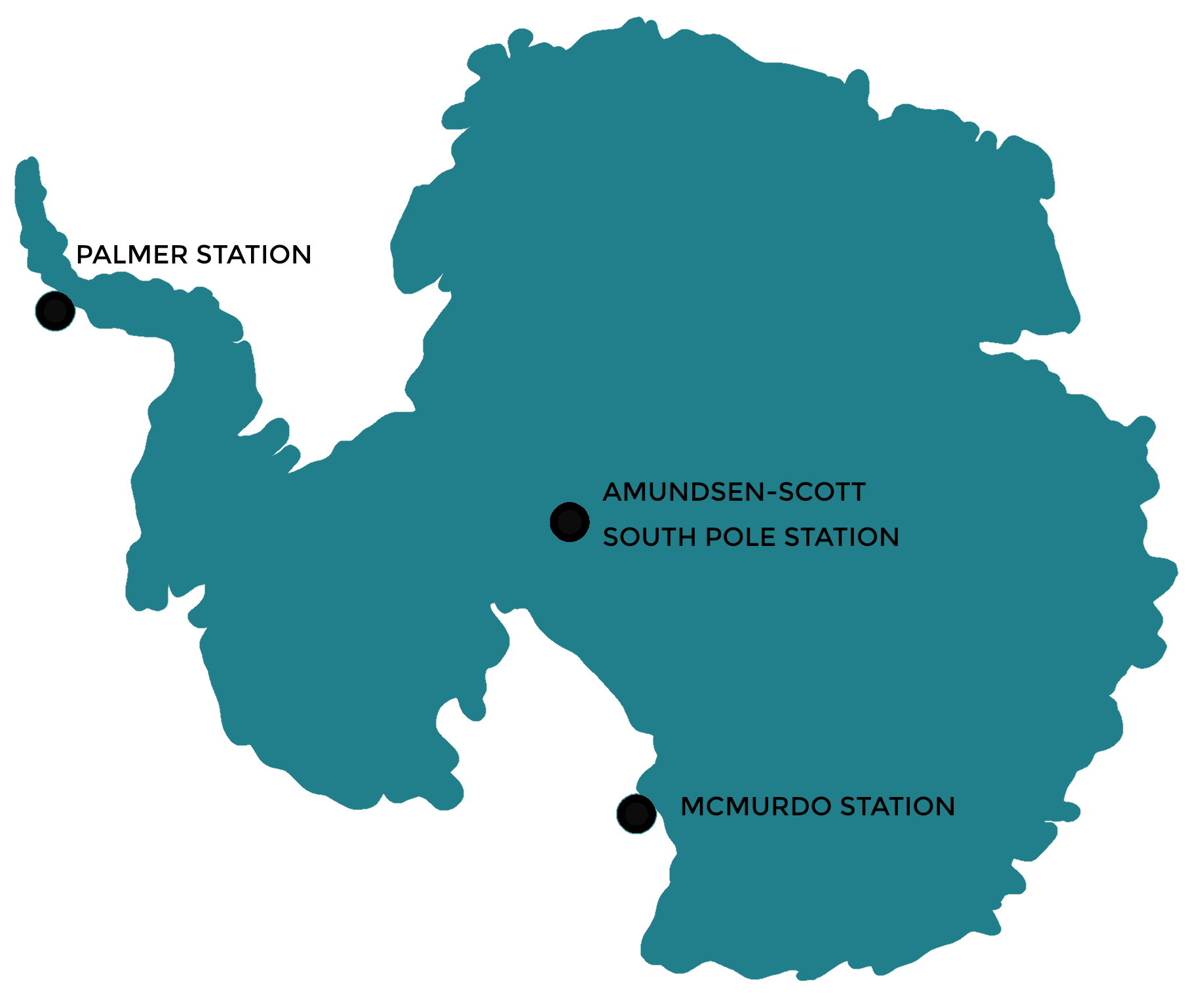
The United States Antarctic Program (USAP) has three research facilities in Antarctica: Palmer Station, Amundsen-Scott South Pole Station, and McMurdo Station.
McMurdo is the largest station on the continent and can have a population of over 1000 people during the summer. This includes researchers from a variety of disciplines, support staff, and military personnel.
For non-scientific contractors, they work year-round to ensure that the station and infrastructure run smoothly.
Basically any job necessary to operate a small town, you’ll find at McMurdo: cooks, janitors, electricians, and even blasters.
Related: 20 Things You Didn’t Know About Life at McMurdo Station, Antarctica
Meeting Garry
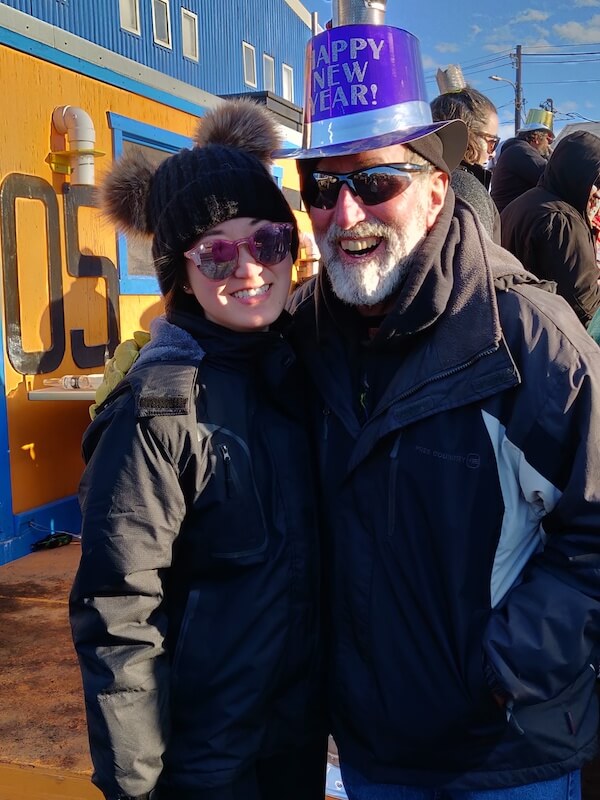
I met Garry in Christchurch while awaiting our flight to Antarctica.
Along with another friend Jim, a supply tech, we quickly formed an “ice family,” which I was very grateful for.
Prior to deploying to the ice, Garry worked in Pennsylvania as an oil well perforator.
When he saw an opening for a position at McMurdo that required his skill set, he couldn’t resist.
Pre-Deployment to Antarctica
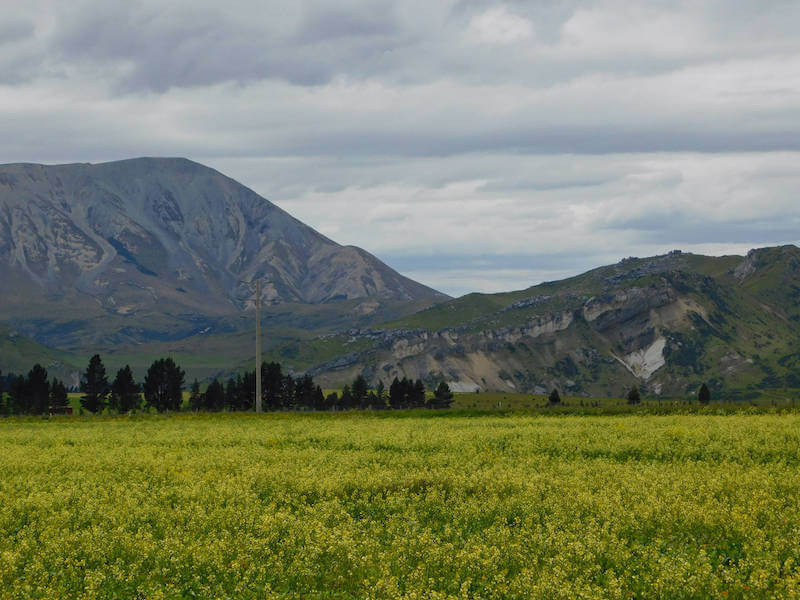
While many applicants wait months and sometimes even years to get a contract, Garry was hired within 30 days.
He attributes his background for getting him through the hiring process so quickly.
“Apparently they couldn’t find anyone with experience in blasting to work for the pay they were offering,” he says.
Soon after, in early December he was flown to McMurdo’s gateway city– Christchurch, New Zealand.
Because flights between New Zealand and McMurdo rarely go as scheduled due to bad weather, Garry had about a week in Christchurch where he was able to explore the area by renting a bike and car.
Working as a Blaster in McMurdo
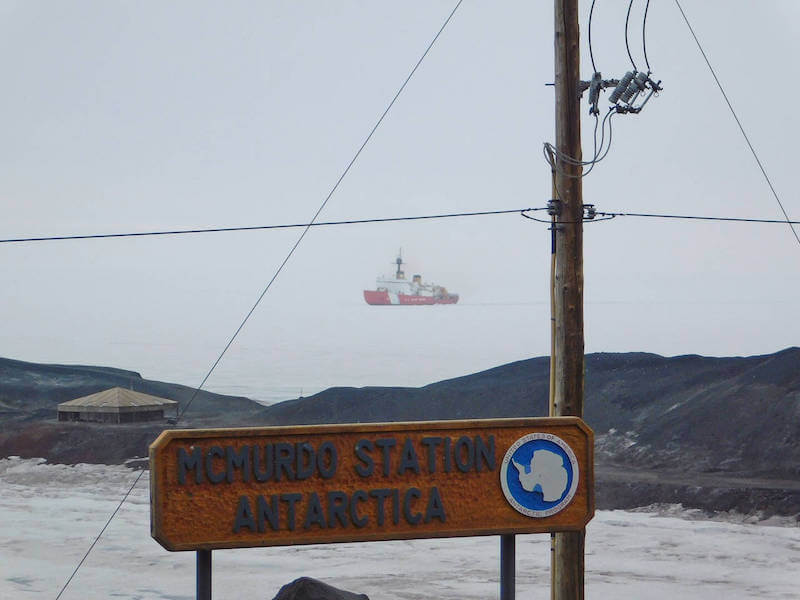
So what exactly does a blaster do in McMurdo?
Garry describes it in five words: blow up rocks for construction.
The station is constantly undergoing improvements and construction, so jobs like Garry’s are needed to maintain and complete various projects.
Garry says a typical day begins by walking to a container that was transformed into a makeshift office.
There, the team has a safety meeting before heading out to the blasting area called “grey shoot.”
Garry says the job required him to run an air drill, which was very dangerous.
At times, he adds, he was by himself for long periods, sometimes all day.
As with any job, there are both ups and downs.
Garry says the best part of this job was getting to be outside and seeing the great scenery; the most difficult aspect was working with people who don’t always have respect for explosives.
Related: How I Got Paid to Live in Antarctica: FAQ About Working on the Ice
Thoughts After Working in McMurdo
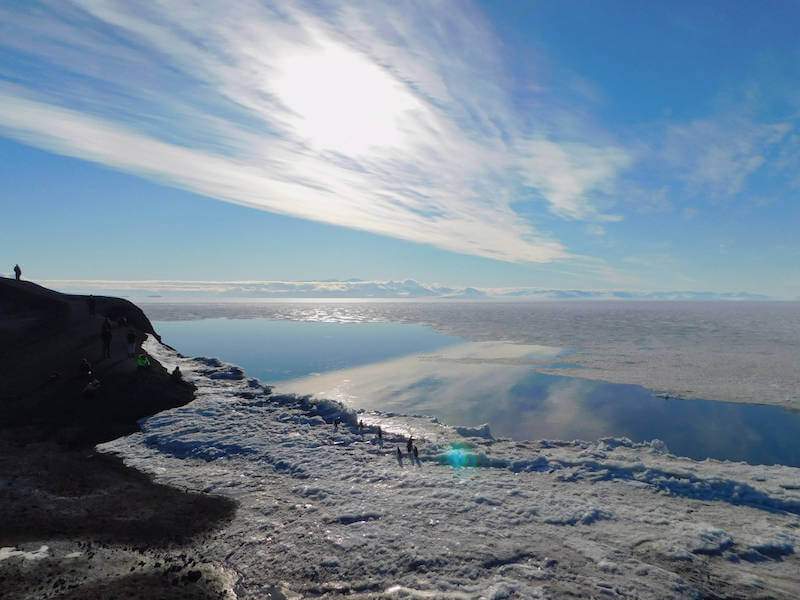
While it was a great experience, Garry’s first thoughts after leaving was that he was glad it was over.
Living in Antarctica and working on the ice for months is definitely a challenge, but Garry says the friendships he made are what he misses the most.
There are a few trails around McMurdo that Garry, Jim, and I would hike together in our downtime that were great for stress relief and to just enjoy the beautiful scenery.
Since we all had different jobs and work schedules, it was the perfect opportunity to spend time together while getting fresh air.
Garry recalls one of his favorite memories was when he and I went for a walk and encountered several groups of penguins.
They ended up walking right up to us and we couldn’t have been more excited!
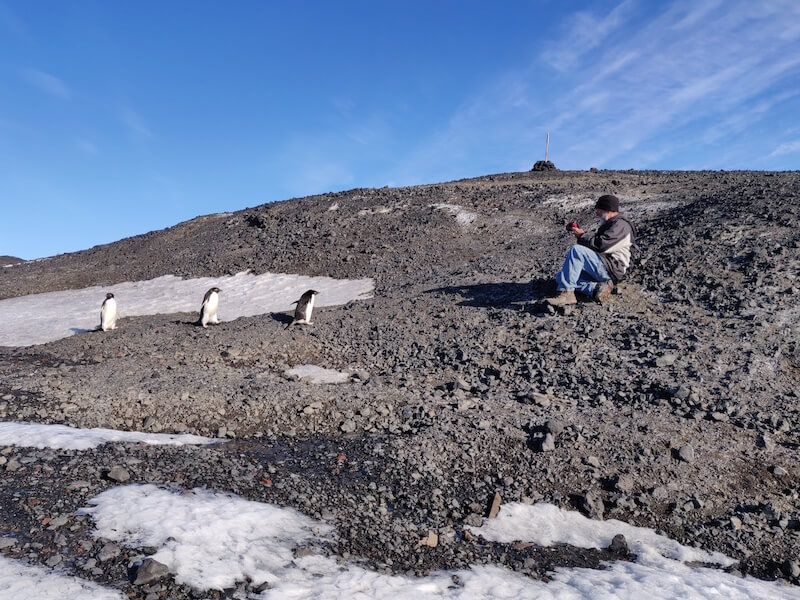
Advice for First Timers
Garry cautions those going to the ice for the first time to keep in mind that you’ll work and live in close proximity with others 24/7.
He says that normally, you work and then go home to decompress and relax for the night.
On the ice, after you get off work you still have the same people to deal with.
In Garry’s case, he lived in a four-person dorm room with everyone working different shifts.
He says there was always someone sleeping so he could never turn the lights on and had to use a head light to see.
However, Garry says there were really great parties on station that he enjoyed.
As for what to pack next time, he says he would bring a rechargeable speaker.
Despite the difficulties that working in Antarctica can bring, Garry’s advice for first timers is to keep expectations low but ultimately go for the experience.
Want to learn more about life working or living in Antarctica? Check out these posts:
- How I Got Paid to Live in Antarctica: FAQ About Working on the Ice
- 20 Things You Didn’t Know About Life at McMurdo Station, Antarctica
- McMurdo Station Packing List for Working in Antarctica
- Life at the South Pole Station: Everything You Want to Know
- Working in Antarctica: Supply Tech Jim Huston | Stories from the Ice
Special thanks to Garry Rex for this interview.
If you’ve worked in Antarctica and have a story to share, I’d love to hear about it! Get in touch with me here.
Pin and Save

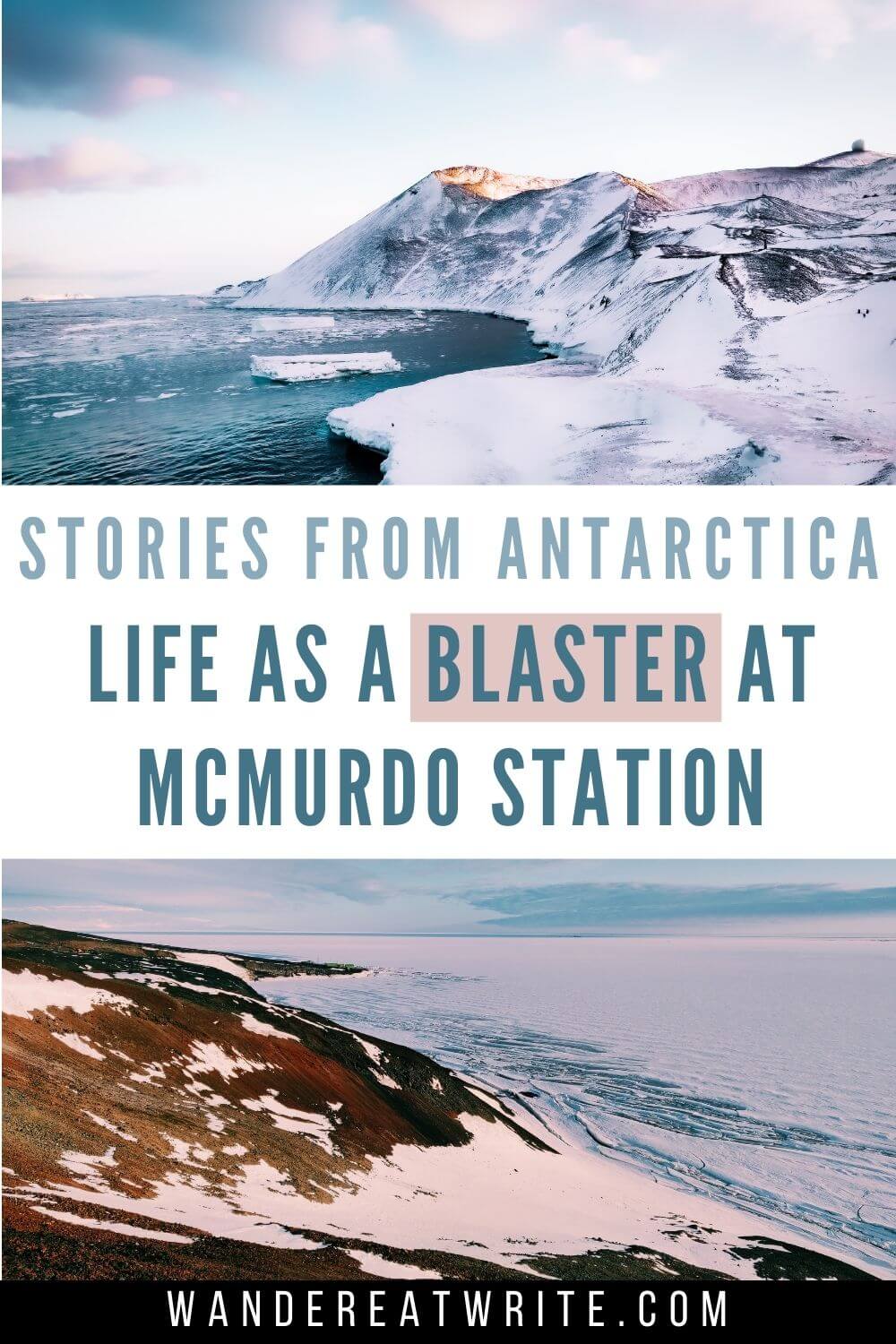

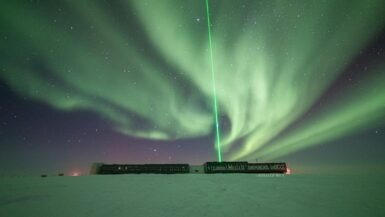

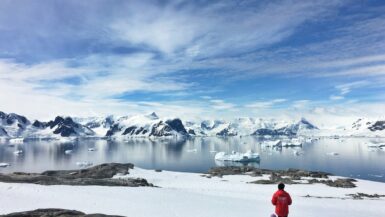
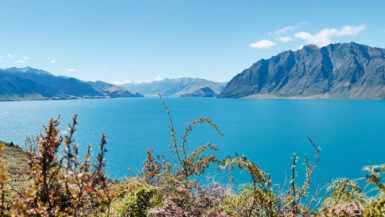
Leave a reply